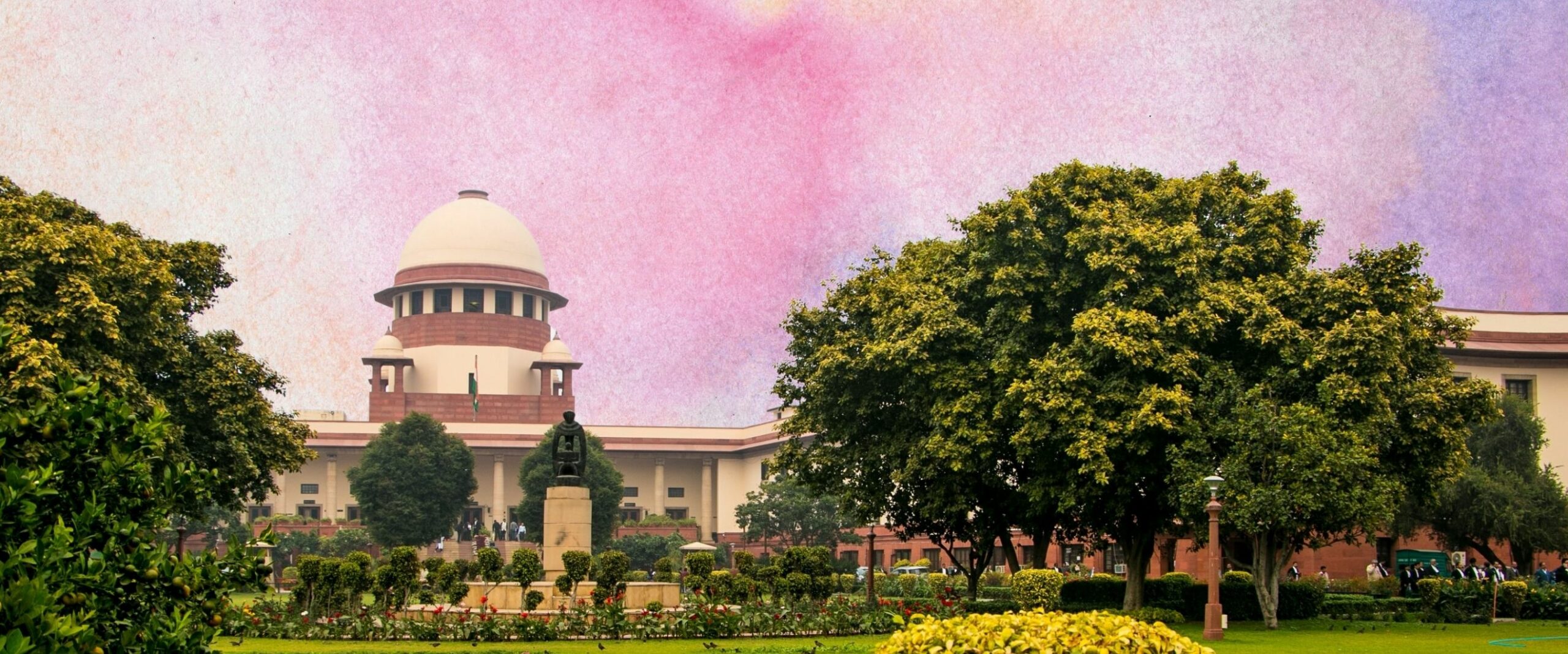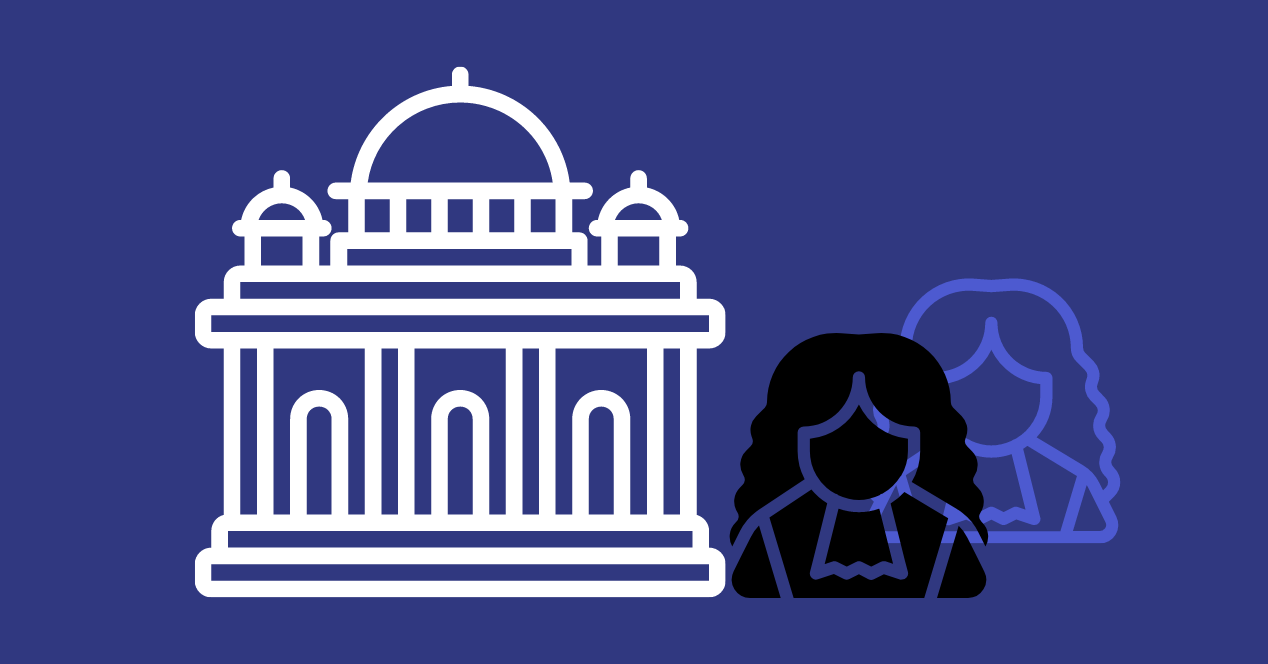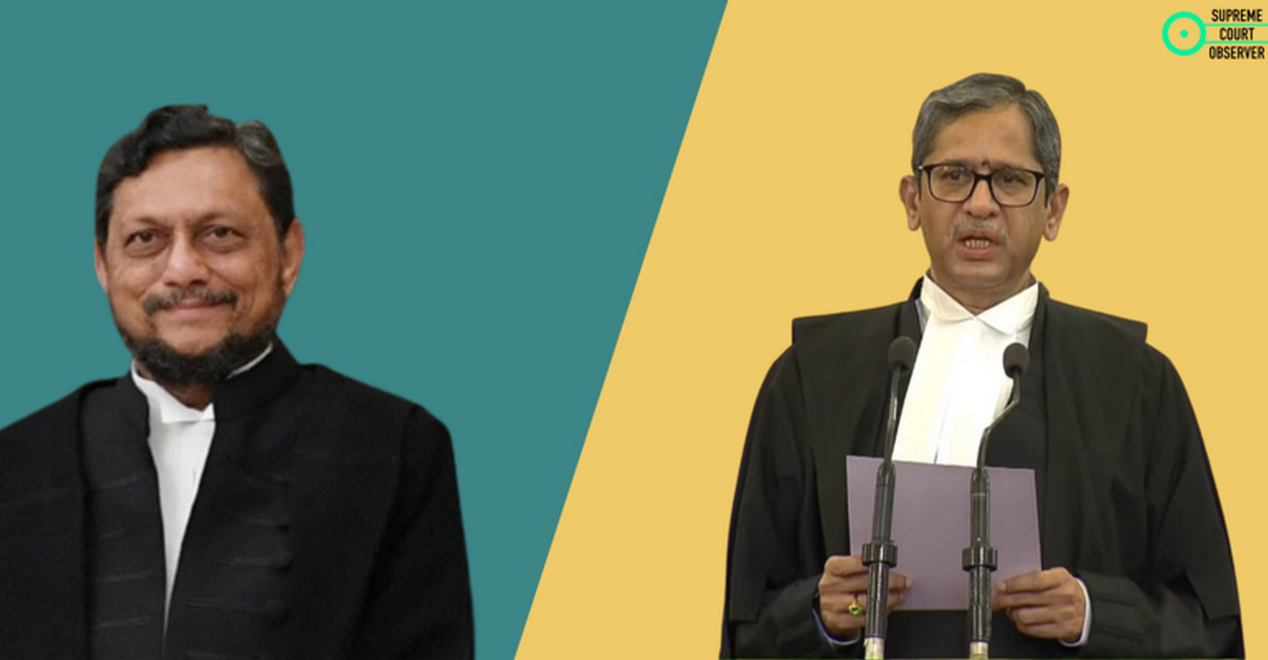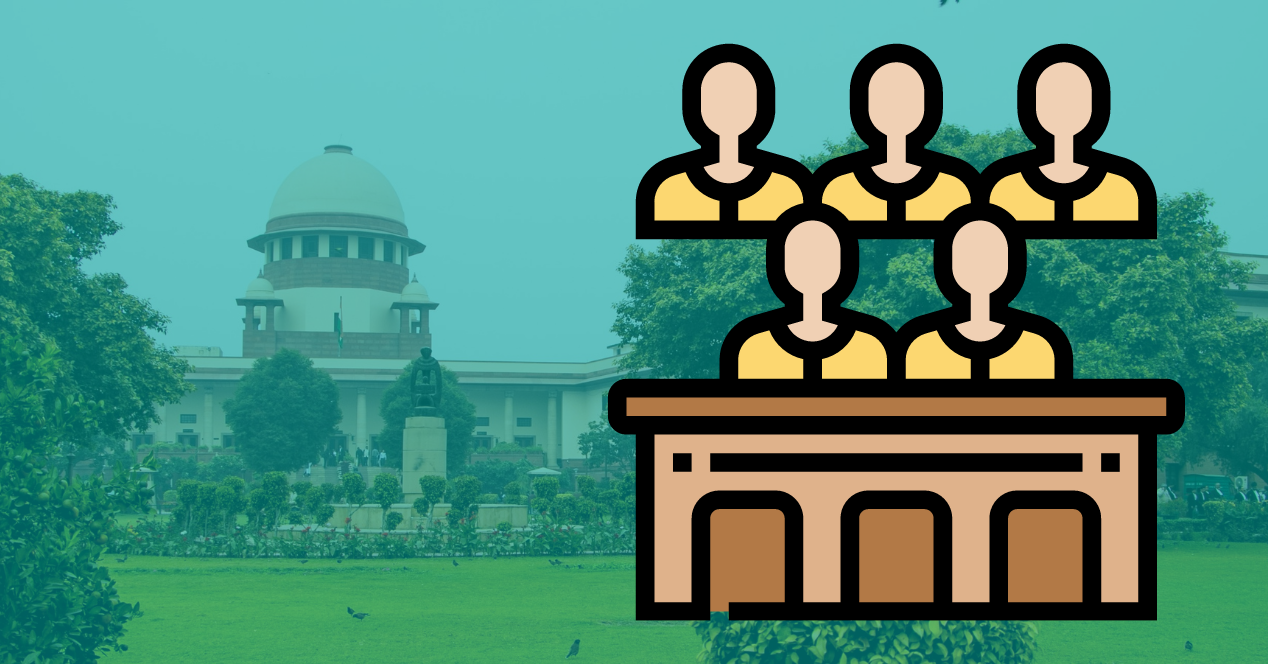Analysis
The Seniority Principle: How is the Chief Justice of India Selected?
As per the seniority principle, the senior-most Judge of the Supreme Court is appointed as the Chief Justice of India.

The senior-most Judge of the Supreme Court is appointed as the Chief Justice of India. An unwritten convention, this practice is known in legal, academic and judicial parlance as the ‘seniority principle’. This convention has been justified to safeguard the judiciary’s independence from political interference.
However, the seniority principle has not been spared from controversy and critique.
How did the seniority principle evolve? What are the critiques that have been levelled against it?
The Chief Justice of India performs several important functions. Regarded as the ‘first among equals’, the CJI decides the assignment of cases to Benches and is responsible for deciding their composition. The CJI and the four senior-most Judges of the Supreme Court, forming the Collegium, decide appointments to the Supreme Court. Some have argued that these powers of the CJI have led to the development of a Chief Justice dominant Court.
History
The Federal Court, which served as the predecessor to the Supreme Court, did not employ the seniority convention. The seniority principle evolved after the death of the first Chief Justice of India, H.J. Kania, when Prime Minister Jawaharlal Nehru wanted to appoint Justice M.C. Chagla as the Chief Justice of India. Interestingly, Chagla J was then the Chief Justice of the Bombay High Court. Six Judges of the Supreme Court threatened to resign if Chagla J was appointed as the CJI instead of Justice Patanjali Shastri, who was the senior-most Judge of the Supreme Court at the time. The Prime Minister eventually appointed Shastri J as the Chief Justice. Since then, it has been a convention that the senior-most Judge of the Court is appointed as the CJI.
Supersessions
The seniority principle has been strayed from thrice in the history of the Court. The first time was in February 1964, when Justice Gajendragadkar was appointed as the Chief Justice, superseding Justice Imam who was suffering from a serious illness.
The seniority principle was defied twice during the tenure of Prime Minister Indira Gandhi. These supersessions were marred by controversy and heavily criticised.
In 1973, the Indira Gandhi Government appointed Justice A.N. Ray as the Chief Justice of India, superseding Justice Shelat, the senior-most Judge of the Court as well as two other Judges.
This appointment was made a day after the Court’s famed decision in Kesavananda Bharti v State of Kerala, 1973, where the Majority held that Parliament was not empowered to pass Amendments abrogating the basic structure of the Constitution. Ray J had dissented, writing crisply that there was no limitation on Parliament’s power to amend the Constitution.
The second time the Indira Gandhi Government did not appoint the senior-most Judge as the Chief Justice was after the retirement of Ray J, when Justice M.H. Beg was appointed as the Chief Justice in 1977 against the backdrop of the National Emergency.
Beg J superseded Justice Khanna, who wrote a scathing dissent in ADM Jabalpur v Shivkant Shukla, 1976. In ADM Jabalpur, Khanna J, who was the sole dissenter, stated that the Right to Life Under Article 21 could not be suspended even during a National Emergency. A few days before Khanna J’s supersession, the Supreme Court Bar Association, fearing that he would be superseded, held a meeting where it passed a resolution stating that the appointment of the Chief Justice of India should be free from Executive influence, and that the seniority principle should prevail.
The seniority principle was restored by the Morarji Desai Government after the retirement of Beg J.
Critique
Many have questioned the seniority principle, arguing that merit, rather than seniority, should decide the appointment of the CJI. Appointments through the seniority principle may lead to a ‘revolving door’ system, marked by short tenures.
It is important to clarify that seniority is not determined by the date of birth of the Judge. Rather it is based on the date of their appointment to the Supreme Court. If two Judges are appointed to the Court on the same day, the Judge who takes the oath first is regarded as the senior Judge.
In this context, the seniority principle does not necessarily insulate the appointment of the CJI from political interference. Through strategic and well-timed appointments, the Executive may be able to decide who will be appointed as CJI as per the seniority convention, chipping away at the idea that this principle ensures freedom from political influence.
Other common law jurisdictions such as the United States and United Kingdom do not employ the seniority principle.
The Law Commission of India has expressed conflicting views on the seniority principle. A 1958 Law Commission of India Report argued against the seniority principle, emphasising that merit must be the sole consideration in the appointment of the CJI. However, in 1979, the Law Commission, chaired by retired Khanna J, stressed the importance of the seniority principle.
More recently, in 2015, the Supreme Court while striking down the National Judicial Appointments Commission Act, emphasised the inviolability of the seniority convention.




